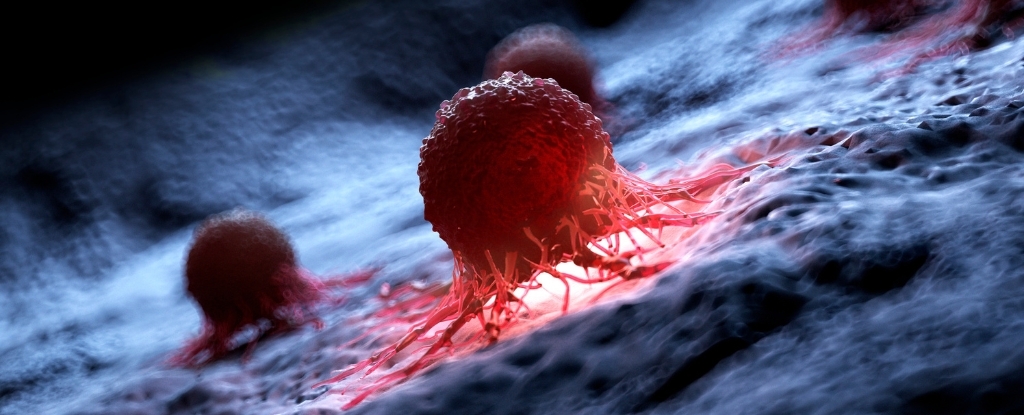In the few seconds it will take you to read this sentence, your sense of time may expand and contract, and your perception of the world could shift in ways you wouldn’t notice.
These subtle effects on the brain are imperceptible, ethereal tugs from the heart beating away inside your chest which, according to a new study, boosts motor function in short bursts too.
Neuroscientist Esra Al of the Max Planck Institute for Human Cognitive and Brain Sciences in Germany has been studying the heart’s influence on the brain for several years, building upon decades-old research and recent studies with more robust methods.
In 2020, Al and some of her colleagues found our sensation of external stimuli dips every time the heart clenches in what’s known as the systole period. Those sensory acuities return as the heart relaxes in diastole. But with every contraction, our sensory perception dulls.
How then do our bodies, our muscles, respond in those muted moments when our senses are ever so briefly impaired? Are we primed to act on the information we’ve just received or trapped in a lull?
Some research has suggested reaction times slow during systole and that it takes longer for us to gather tactile information because our sensory perception is momentarily muffled. Other studies have found that rapid eye movements known as saccades occur more often as the heart contracts, and suggest motor movements might be cued to the cardiac cycle.
A clear picture of these ebbs and flows has so far eluded scientists. So Al and her fellow researchers set about measuring how the motor cortex, the part of the brain involved in controlling voluntary motor movements, responds over the entire cardiac cycle.
“Intriguingly, this study uncovers a remarkable connection between the human heart and brain, revealing distinct time windows tailored for action and perception,” the researchers said in a statement.
The researchers rigged participants up to a few different machines to take simultaneous recordings of brain, heart, and hand muscle activity while they sat in a chair and when they completed a motor task that involved pinching a gauge.
Analyzing data from 36 people, the researchers found nerve signals controlling hand muscles spiked during systole, which typically lasts three-tenths of a second. Hand-muscle activity was also momentarily stronger when participants happened to pinch the gauge during systole, instead of diastole.
“Overall, we found that the excitability in the sensorimotor cortex is increased in systole and correspondingly such increase is mirrored in the strength of the motor output,” the researchers write.
Squaring those results with their past findings, the researchers suggest that the surge in muscle activity during systole complements the drop in sensory perception such that there are distinct windows in the cardiac cycle where the brain is primed for processing sensory information and then acting on it.
“It’s possible that distinct time windows exist across the cardiac cycle, optimizing either perception or action,” the researchers conclude.
The study has been published in PLOS Biology.





